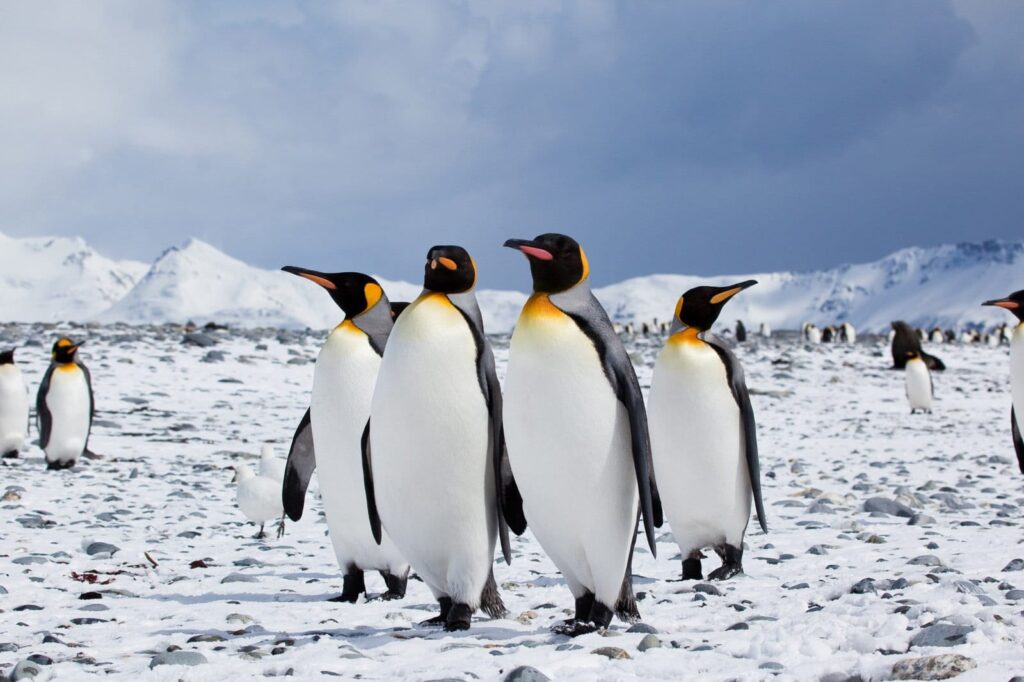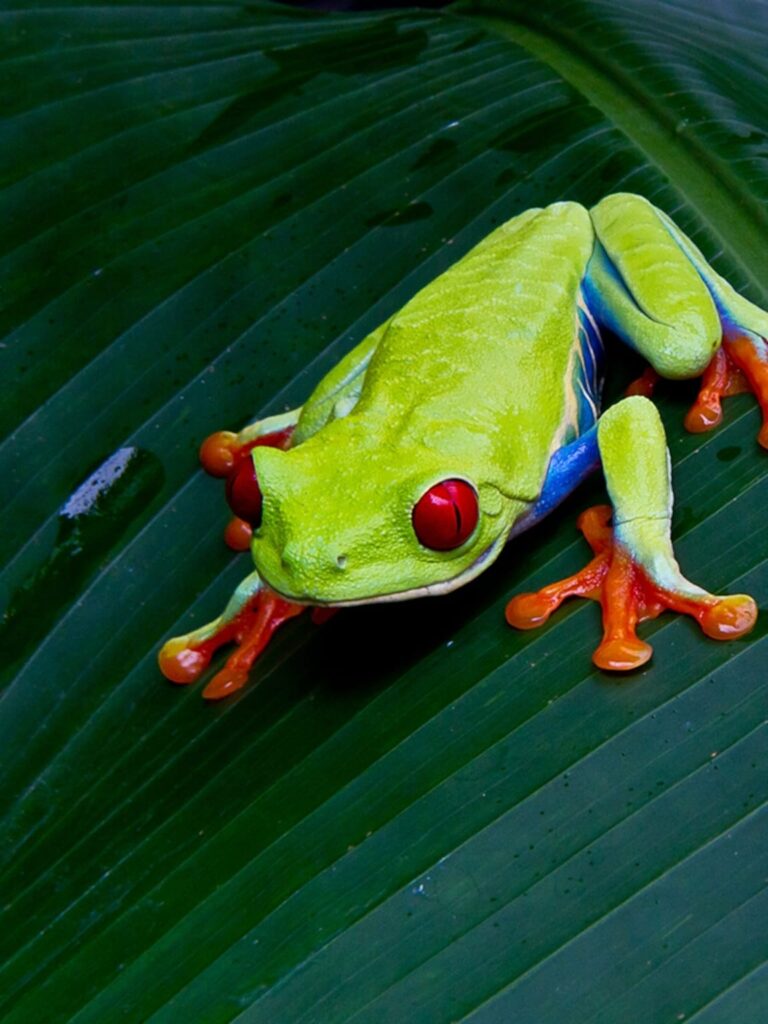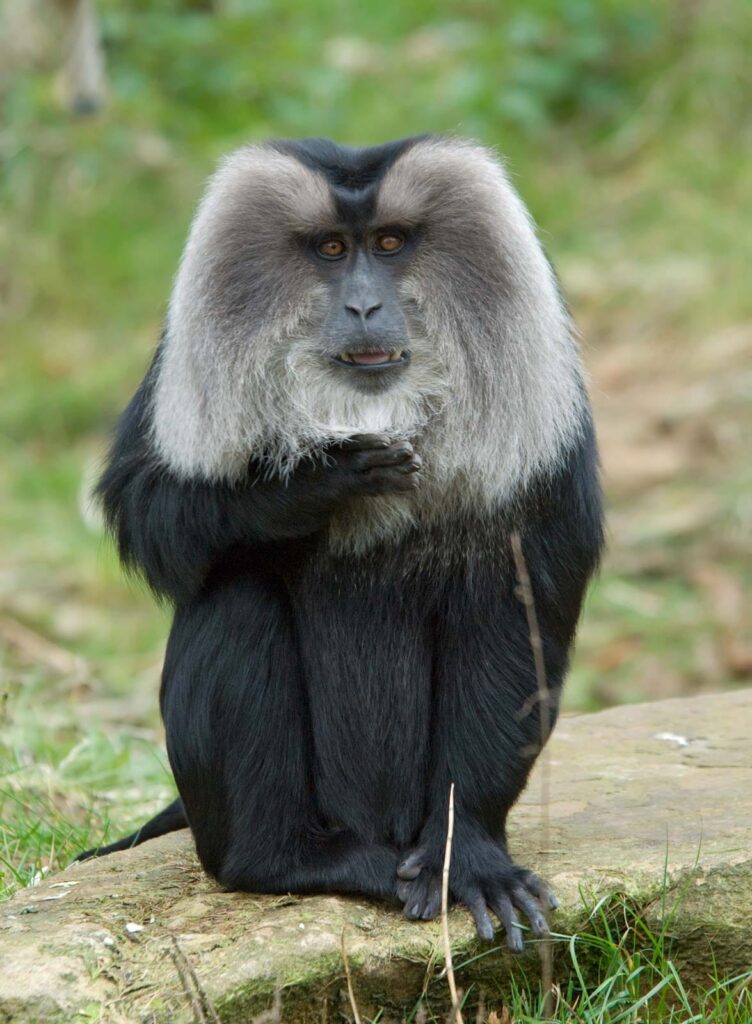ACCLIMATIZATION – SCIENCE BLOG
CLIMATE AND ACCLIMATIZATION:
The ability of any living organism terms as acclimatization. It develops certain features which improves the chances of its survival in the changing environment. Plants and animals can adopt themselves in such a way that they can easily survive in the conditions where they use to live. We term this phenomenon adaptation also. Acclimatization is a trait of an organism. It favors the living organism by natural selection.
TYPES OF VARIOUS ADAPTATION ( STRUCTURAL ADAPTATION)
- STRUCTURAL ADAPTATION: Adaptation of special body parts of an organism that helps it to survive in its natural habitat. E.g. skin color, shape, body covering.
- BEHAVIOURAL ADAPTATION: Adaptation of special way in a particular organism that helps it to survive in its natural habitat. In this way the animals can response to outer stimuli. e.g some animals like bear and frog go for hibernation when there is severe winter.
- PHYSIOLOGICAL ADAPTATION: Adaptation of body systems presents in an organism that allows it to perform certain biochemical reaction, e.g. Homeothermic animal can maintain body temperature adjusted in changing climatic temperature.
- Here we will discuss some adaptation features of some living organisms.
ACCLIMATIZATION IN POLAR BEAR

Polar bear is a large and white bear that lives in the north polar region of the earth. The polar bear uses to eat aquatic animals. They can survive easily in a snow-covered hard cold climate as they have the following adaptations.
- Polar bear has thick coat of fur (structural adaptation). It helps to acclimatize to blend with snow covered white back ground. Predators cannot notice them. They have thick coat of fat for acclimatization under the fur. It helps to insulate the body from cold and keeps the bear warm.
- Polar bear is a good swimmer which has wide and large paws that help it to swim. This animal can easily walk on the snow by acclimatization with this wide and large paws.
- They can easily find out prey with the help of strong sense of smell (structural adaptation).
- They also have small ears which makes the body surface area very less. In this way it reduces the heat loss from the body.
- The thick layer of fat beneath the skin stores food in winter during the food scarcity.
ACCLIMATIZATION IN PENGUINS

Penguin is another animal living in polar region. They can survive due to following acclimatization.
- These are black and white in color (strctural adadptation) which merge well with the white background of ice and snow.
- They have thick skin and a thick layer of fat below their skin. It protects them from extreme cold.
- They possess streamlined body , flipper-like wings and webbed feet (structural adaptation) which make it a good swimmer. In this way penguins can catch fish as prey easily.
- They live in group and stay in huddle. In this way they can stay warm.
ADAPTATION IN RED-EYED FROG

Red-eyed frogs are living in tropical rainforest region. They adapt themselves in such a way that they can live well in this region.
- They have sticky pads on their feet (structural adaptation). In this way they can climb trees quickly.
- It has big and bulging bright red eyes . it protects it from its predator. If they suddenly open their big eyes, predators get frightened. In the mean time frog uses to escape by jumping to safe place by acclimatization.
- They have green back . They can hide themselves easily in green leaves
ACCLIMATIZATION IN LION-TAILED MACAQUE

This bird is also known as beard ape (structural adaptation). It is found in rainforest of western Ghats in India.
- They are arboreal animal (structural adaptation). They use to feed on fruits, seeds, young leaves, stems, flowers and buds.
- This animal also can eat insect present under the bark of the tree. As they are very good climbers.
- They spend a major part of life on the tree. So they use to climb with hand and feet which helps to climb the branches . They can hold the trees firmly.
ADAPTATION IN ELEPHANT
It is a well-known animal found in Indian tropical rainforest. They can adapt themselves in such a way that they can survive properly in tropical rainforest.
- They have long nose known as trunk. By this organ they can smell strongly ( structural adaptations).
- Long trunk helps to reach the high branches of tree to collect the food.
- They have long pointed teeth known as tusks (structural adaptation). It helps elephant to fight their enemies.
- Long tusk helps to tear the bark of trees (structural adaptation).
- Elephants have strong sense of hearing. , as they have large ears. They can hear even very soft sounds. It also keeps them cool in the hot and humid climate of tropical forest.
- Elephants have large and round feet which helps them to stable. They are not sinking into soft ground due to its heavy weight.
VERY SHORT QUESTION ON ACCLIMATIZATION
Qs1: Give one example of an animal that can live both in water and on land.
Ans1: One animal living in both water and animal that means amphibian is frog.
Qs2: Some animals have the ability to match their surrounding. Name the property of such animal .
Ans2: This property of animal to blend with its surrounding is called camouflage (structural adaptation).
Qs3: There is a colorful bird that has a long and large beak, and lives in the tropical rainforest. Which bird is this?

Ans3: Toucan is a bird which is colorful with long and large beak (structural adaptation), and lives in tropical rainforest.
Qs4: Maximum and minimum temperature is recorded at which time of the day?
Ans4: When the temperature due to the sun’s heat reaches to its maximum level it is called maximum temperature.
When the temperature gets down to the lowest level it is called minimum temperature.
CONCEPTUAL QUESTIONS ON ACCLIMATIZATION
Qs5: Some animals living in rainforest adapt themselves to the climate present there. State their adaptive features in this unfavorable condition?
Ans5: The animals which are living in tropical rainforests are herbivorous that are able to eat the vegetation, rich in rainforest. Animals of this area either living in land or stay on trees (arboreal). These animals have good vision. They have good hearing power (structural adaptation). In this way they can hide themselves from enemies.
Qs6: Name the animals which shows following adaptations?
Thick skin, sticky pads on feet, colorful feathers, strong sense of smell, white fur, strong feet, hibernation during winter, diet of fruits, long and large beak, bulging eyes.
Ans6:
| Adaptive characters | Animals |
| Thick skin, Strong sense of smell, Strong feet | TIGER |
| Diet of fruits, Long and large beaks, Colorful feathers. | TOUCAN |
| Sticky pads on feet, Bulging eyes | RED-EYED FROG |
| White fur, Hibernation during winter | POLAR BEAR |